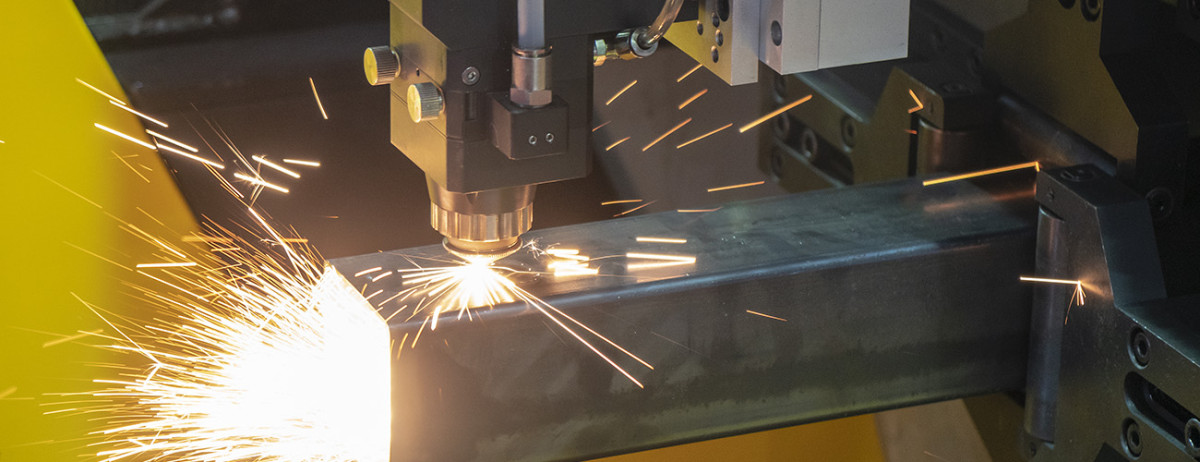CAPABILITIES
Sheet metal is metal formed into thin, flat pieces, usually by an industrial process. Isaac Machinery offers a full range of metal customization and fabrication capabilities that bring your design to reality. Our commitment to precision and attention to detail sets us apart, ensuring that every project we undertake reflects the hallmark of excellence.
Sheet metal is used in automotive and truck (lorry) bodies, mold making, and major appliances. We offer our customers a wide selection of custom materials for their stamping needs, including stainless steel and aluminum; also, we are a provider of sheet metal fabrication solutions, catering to a diverse range of industries and applications. With our extensive expertise, state-of-the-art facilities, and commitment to excellence, we offer a comprehensive suite of products and services tailored to meet the unique needs of our customers.

Material Acquisition and Preparation: The process begins with acquiring metal sheets of the required material and thickness, such as steel, aluminum, or stainless steel. These sheets may come in standard sizes or be custom-ordered to meet specific project requirements.
Cutting: The next step is to cut the metal sheets into the desired shapes and sizes. This can be achieved using various cutting methods, such as shearing, laser cutting, plasma cutting, or waterjet cutting, depending on the material thickness, complexity of shapes, and precision requirements.

Bending and Forming: After cutting, the metal sheets may undergo bending and forming processes to achieve the desired shapes and geometries. This is typically done using press brakes, rollers, or other specialized equipment capable of applying precise amounts of force to bend the metal without causing deformation or cracking. Fixtures and dies are often used to ensure consistent results across multiple parts.

Punching and Piercing: This is commonly done using punch presses or turret punch presses equipped with various tooling options to create different hole sizes and shapes efficiently.
Surface Finishing: Once the desired shapes and structures are achieved, the sheet metal components may undergo surface finishing processes to improve aesthetics, corrosion resistance, or other properties. This can include treatments such as painting, powder coating, anodizing, or plating, depending on the material and application requirements.

Tolerances
During the rolling process, the rollers bow slightly, which results in the sheets being thinner on the edges. Communicate with customers to understand their specific tolerance requirements for the parts or components you will be manufacturing. Document these requirements accurately to ensure alignment between customer expectations and your production capabilities.
Throughout the process, quality control measures are implemented to ensure that the finished products meet the required specifications and standards.
What Can We Do For You
